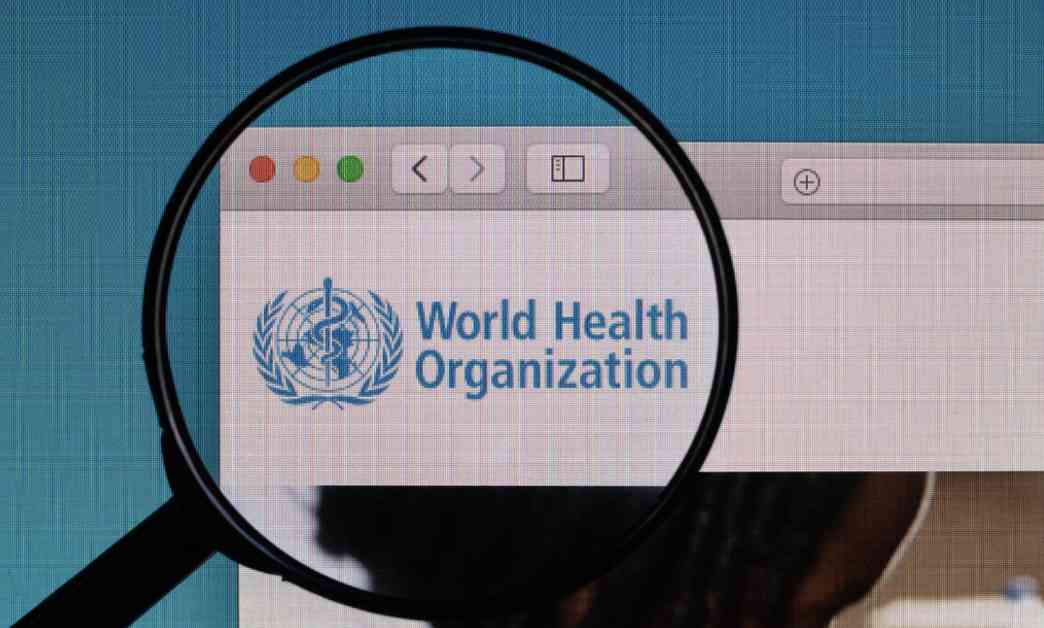The World Health Organization (WHO) recently released its first-ever guide for tobacco cessation in adults, aiming to assist the more than 750 million tobacco users who want to quit all forms of tobacco. The guidelines recommend behavioral support from health care providers, digital cessation interventions, and pharmacological treatments to help people quit various tobacco products. However, tobacco harm reduction experts have criticized the guidelines for poorly identified targets and significant gaps in recommendations.
Critics argue that the WHO’s classification of smokeless tobacco products and heated tobacco products (HTPs) in the same category as deadly cigarettes is misleading. They point out that products like snus and HTPs have substantially lower risks compared to traditional cigarettes and have been effective in reducing smoking rates in countries like Sweden and Japan. Despite the success of these alternatives, the WHO’s guidelines do not address the potential benefits of switching to low-risk alternatives like e-cigarettes.
The guidelines recommend nicotine replacement therapy (NRT) and medications like bupropion, cytisine, and varenicline for tobacco cessation. However, experts have raised concerns about the safety and accessibility of these medications, with some noting the withdrawal of varenicline due to unsafe levels of carcinogens. Additionally, the absence of e-cigarettes from the recommendations has been criticized, as vaping has been proven to be a highly effective tool for quitting smoking in many countries.
While the WHO aims to provide the best possible support for tobacco cessation, critics argue that the guidelines ignore the real-world impact of alternative cessation tools like e-cigarettes. The ongoing campaign against vaping and misinformation spread by the WHO have been met with skepticism from health authorities and experts who recognize the role of vaping in reducing smoking-related deaths.
In conclusion, the WHO’s tobacco cessation guidelines have faced criticism for overlooking the effectiveness of low-risk alternatives like e-cigarettes and failing to address the diverse needs of tobacco users. As the world continues to grapple with smoking-related deaths, it is essential to consider all available tools for tobacco cessation and create a proportionately regulated market for nicotine products. Critics argue that a more comprehensive approach to tobacco harm reduction is necessary to address the global smoking epidemic effectively.
